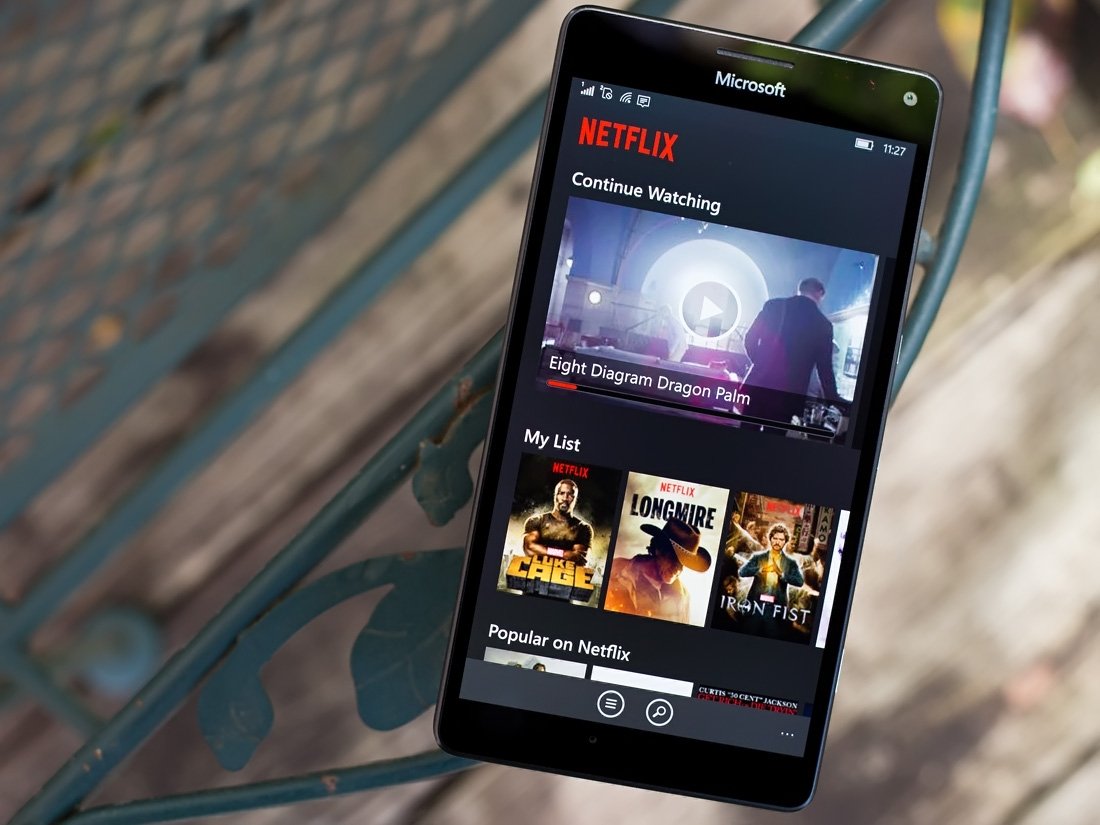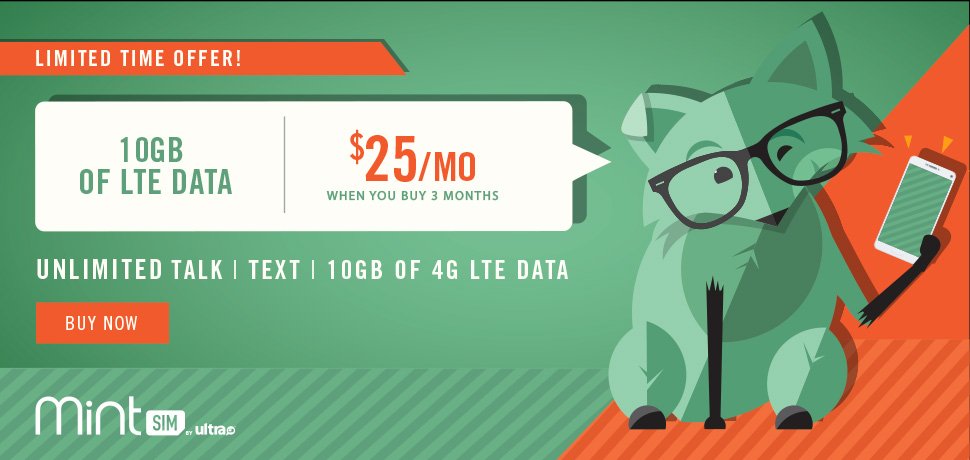How much mobile data does streaming media use?
Here's the breakdown on how much data streaming music and video use so you know how much to budget.

The things most of us love to do with our phones is also the thing that eats the most data: stream music and video.
Modern phones and streaming services were made for each other. Your phone is capable of delivering high-quality content through the screen or its audio components and streaming services like YouTube, Netflix and Spotify were made to deliver them. The first popular media-centric phone was the iPhone. Both Apple and Google owe a lot of their success to this because it was also the best way to watch YouTube in the palm of your hands.
Things have come a long way since then, but one thing hasn't changed. We love to watch and listen with our phones. But the advent of HD video streaming and high-bitrate audio streaming means that it also gobbles up the data like never before. Let's break it down to see just how much data you use when you fire up your favorite streaming app.

Advertisement
Streaming audio
While some services offer super-HQ streaming music, most services use the same scale: Low, Normal and High. And most use the same bitrate (the number of bits per second that are transmitted digitally) to define each category. Here's how they look and how much data each will consume.
- Low quality is typically 96kbps. On average, Low-quality audio streaming uses 0.72MB per minute or 43.2MB per hour.
- Normal quality is 160kbps. Normal-quality music streaming uses 1.20MB per minute or 72MB per hour on average.
- High quality music is 320kbps. High-quality streaming music uses 2.40MB per minute or 115.2MB per hour on average.
"Average" is the key word here. Most services offer streaming service that auto-adjusts based on your network conditions, and some use lower quality bitrates for all categories. But most any other service, including Spotify, follow these guidelines when you don't have things set up to auto-adjust.
Streaming video
As you can imagine, streaming video uses a lot more data than audio does. There's just more information being transmitted. And your network conditions play a big part in how the media is streamed because nobody likes buffering. Thankfully, apps are smart enough to ask for a video stream that will work with the available network speeds and buffering is mostly a thing of the past. Mostly. Note that this hidden feature will usually override your settings when it has to, but if you ask for an HD or 4K video, you'll get it if it can be delivered.
Get the Windows Central Newsletter
All the latest news, reviews, and guides for Windows and Xbox diehards.
Here's how the streams break down on average.
- Low quality video is very low-quality. think 240p or 320p. Low-quality settings will use about 0.3GB (300MB) per hour.
- SD quality video is standard 480p video. SD-quality video uses about 0.7GB (700MB) per hour.
- HD quality video is between 720p and 2K (remember, the app adjusts the stream). HD-quality video uses about 0.9GB (720p), 1.5GB (1080p) and 3GB (2K) per hour.
- UHD quality video uses a lot of data. A 4K stream uses about 7.2GB per hour.
Again, these are averages and Netflix has helped by telling us how much data their service uses. Compression, variable quality based on network conditions and your phone's cache will all factor in here, but these numbers are a pretty safe bet.
How much can I stream on my data plan?
A typical data plan that's not unlimited (and not from T-Mobile or other company who practices zero-rating) comes in 2GB, 5GB and 10GB flavors. If you wanted to stream media while using your data connection, here's what each tier will allow:
- A 2GB plan will let you stream
- 47 hours of low-quality music
- 28 hours of normal-quality music
- 17 hours of high-quality music
- 6.5 hours of low-quality video
- 2.8 hours of standard definition video
- 2.2 hours of 720p video
- 1.3 hours of 1080p video
- 0.6 hours of 2K video
- 0.25 hours of 4K video
- A 5GB plan will let you stream
- 117 hours of low-quality music
- 70 hours of normal-quality music
- 42.5 hours of high-quality music
- 16.25 hours of low-quality video
- 7 hours of standard definition video
- 5.5 hours of 720p video
- 3.25 hours of 1080p video
- 1.5 hours of 2K video
- 0.6 hours of 4K video
- A 10GB plan will let you stream
- 234 hours of low-quality music
- 140 hours of normal-quality music
- 85 hours of high-quality music
- 32.5 hours of low-quality video
- 14 hours of standard definition video
- 11 hours of 720p video
- 6.5 hours of 1080p video
- 3 hours of 2K video
- 1.2 hours of 4K video
We followed the industry standard 1,000MB = 1GB formula here and not the "real" calculation of 1,024MB in one GB. That's because your carrier might do the same. And remember — these are close estimations. Because of how data is compressed and bitrates changed based on every situation, my measurements may be a little different than yours. And none of this takes any rounding your carrier might do into account. To us, 1.7MB is 1.7MB, not 2MB.
Streaming HD media uses a lot of data. Know this before you decide how much you need.
One thing these figures show is that you're always better off using Wi-Fi to stream high-quality media. Besides the data savings, Wi-Fi also has a more robust signal that will mean less degradation or compression. Your internet company probably optimizes media traffic, but not nearly as much as your wireless carrier does. You can also use services that let you download or pin your media while you're on Wi-Fi and play it back later.

Advertisement
Just be aware that if you watch 8-hours of HD video every day, you're going to need upwards of 300GB of data. That means you'll need an unlimited plan that doesn't have the fine-print telling you "unlimited" stops at 22 or 24GB then gets too slow to stream. Such an animal doesn't exist, and carriers that zero-rate aren't going to serve you 2K video (or even 1080p).
Uses these numbers to plan out how much data you need for streaming if you're shopping for service.
I'm an RHCE and Electrical Engineer who loves gadgets of all kinds. You'll find my writings across Mobile Nations and you can hit me on Twitter if you want to say hey.

